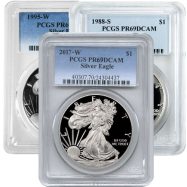
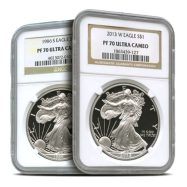
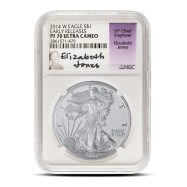
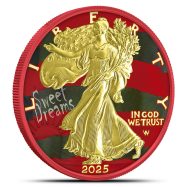

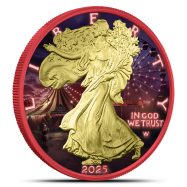




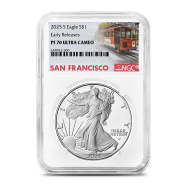
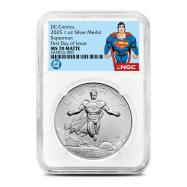

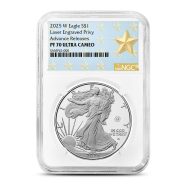
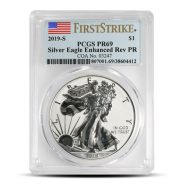



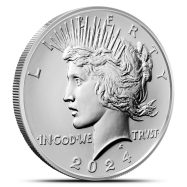

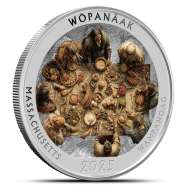

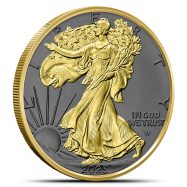
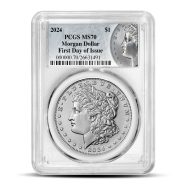
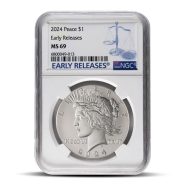
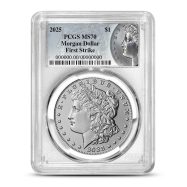
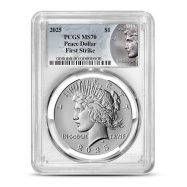
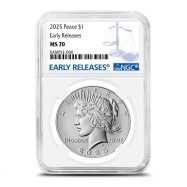
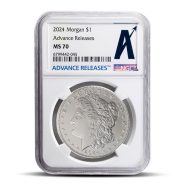
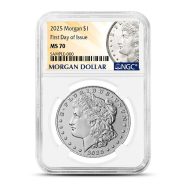
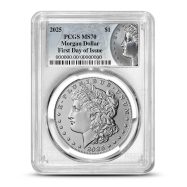
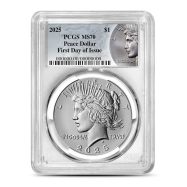
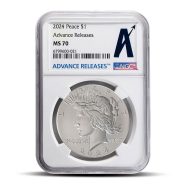

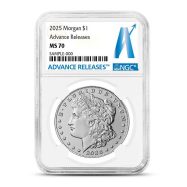
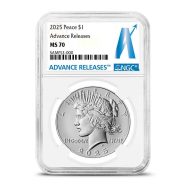
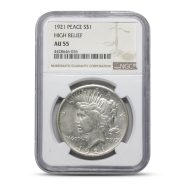
Housed under the U.S. Department of the Treasury, the U.S. Mint (USM) produces and secures all coinage in the United States. Its responsibilities also include handling bullion and other precious metals reserves for the U.S. government. Featured U.S. Mint Silver Products The U.S. Mint Early Years The U.S. Mint was first established via the Coinage Act of 1792. For the previous 140 years, a private mint was set up in Boston to mint the country’s first coinage. Although because there was no United States at the time — the country was still a collection of colonies — the mint was not centralized as it is today.
Philadelphia served as the backdrop for the USM’s original location as it was also the country’s first capital. After its inception, the mint was managed by the U.S. Department of State. At first, the U.S. Mint produced 10 different coins of different denominations. The lowest value coin was the copper half-cent. The highest value coin was known as the Eagle, made from gold. After 7 years under the Department of State, the mint was recognized as an independent self-governing agency while still being fully owned by the United States government.
Simultaneous gold rushes on the west coast and southeast of the country in the 1800s meant the mint had to open several more branches just to keep up with demand. To better control the mint and its output, the government ultimately decided to bring back the mint under direct government control in 1873. This time it was to be overseen by the U.S. Department of the Treasury.
Currently, the USM has four branches that produce the country’s coinage:
These branches are tasked with making all of the country’s circulating coinage, collectible coins, and medals, along with all coin-related products like proof, uncirculated, and commemorative coins, as well as gold and silver bullion. All told, the mint employs 1,650 workers across the U.S. The mint also has another facility in Fort Knox, Kentucky where all the country’s bullion deposits are stored. The mint is responsible for overseeing this facility, along with the transportation of these reserves for the country’s government.
In 2018, the USM minted more than $791 million in coinage for the country. While this figure may seem high, it pales in comparison to 2000, when the mint had its highest output, producing $3.5 billion in circulating coinage.
At its size, the U.S. Mint is a large employer in the country, providing jobs to 1,650 employees across the following areas:
The USM has a long and storied history of silver production from the time it was established in 1792. During its early years the mint produced silver coins in the following denominations:
Today, the U.S. Mint produces coinage that celebrates memories and moments in recent history, along with personal coinage as well. The mint produces silver in the following forms:
With the passing of America’s Beautiful National Parks Quarter Dollar Series Act of 2008, the U.S. Mint began a more than a decade-long process of creating a series of silver coins to honor the nation’s parks and sites. Known as the America the Beautiful Program, a total of 56 silver quarter-dollar coins were created. In 2020, the mint produced a total of 2.768 million America the Beautiful Silver Coins.
Each coin is produced at 0.999 fine investment-grade silver bullion with a diameter of 3 inches and weighing 5 ounces, making them the first coins with these measurements ever produced by the mint. The coin designs were selected with great intention by the Secretary of the Treasury. Each year, 5 new designs were issued, with the mint expected to release its last coins in the series in 2021.
Shop all U.S. Mint Silver Products at BullionMax